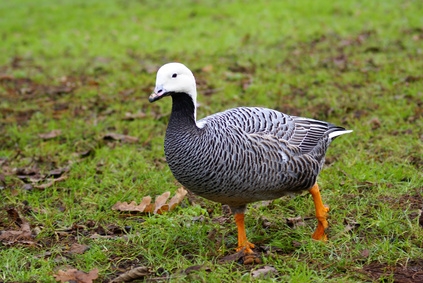
Weathervanes are great instruments in showing the movement of the wind. Weathervanes are typically copper or iron devices which are attached on the highest point of a structure. Once the wind moves, the weathervane actually moves according to the direction of the wind. This actually aids travelers and pilots who are planning to travel to another location. One of the main reasons why homes have weathervanes is that it has a decorative value. Yes, most farms and old style homes apply the cockerel look to their weathervanes because of its decorative value. There are other designs of copper weathervanes including ships, horses, dogs and arrows. Most weathervanes have a pointed design while others are basically designed according to shape.
The History of Weathervanes
The original weathervane was based on a rooster, or cock, design. Because of the original design of the weathervane it was known before as a weathercock. The name of the weathervane came from the word vane which means flag. The original weathervanes can be traced back to the Roman times. The original Athenian design, the weathervanes during that time was based Triton holding a rod. It is said that Romans prayed to the statue in order to have a nice weather.
It was then applied in several European countries and was placed as an emblem to St Peter. The rooster of St Peter was said to be the inspiration behind the cock design. In the 9th century, weathervanes were said to be placed in almost all types of churches and basilicas. As the years passed, several churches applied several other designs to their weathervanes including crosses and even saints. The addition of the cock has been said to be based on the story of Jesus and his betrayal.
In the next couple of centuries, copper weathervanes were created and they were designed with various images. The most common one is the simple arrow which shows the direction of the wind. Weathervanes were also installed in ships in order to see the direction of the wind so that the sails will be in the right direction. Modern weathervanes are designed with a device to measure the speed of the wind including the axis of its direction.
How a Weathervane works
The design and operation of the weathervane can be found on its surface. The surface of this tool is actually divided according to several parts and two of its layers are actually flattened. The flattened layer allows the copper weathervanes to have its own axis and so that the wind will be able to give direction. The larger surface of the weathervane is the one which is blown away and the smaller side is actually the pointer which will show the direction of a passing wind. Most weathervanes have a directional marker below the main arrow. The directional marker shows the geographic directions of the wind whether it is traveling towards the east or to the west. Obtaining an accurate reading with a weathervane can actually be a challenge because wind current is affected by other buildings, trees and several other objects which might block its movement.
 The Faverolle Chicken
Chickens with BeardsThe Fave
The Faverolle Chicken
Chickens with BeardsThe Fave
 Northern California Bird Identification
Northern California Bird Identification
Northern California Bird Identification
Northern California Bird Identification
 Exploretrip Partners With Take Trips Guard To Deliver Travel Insurance
Any most famous elegance in the metropolitan area is none
Exploretrip Partners With Take Trips Guard To Deliver Travel Insurance
Any most famous elegance in the metropolitan area is none
 Great Birds of Prey in Australia
The best thing I have ever d
Great Birds of Prey in Australia
The best thing I have ever d
 How to Color Bird Toys
How to Color Bird Toys
How to Color Bi
How to Color Bird Toys
How to Color Bird Toys
How to Color Bi
Copyright © 2005-2016 Pet Information All Rights Reserved
Contact us: www162date@outlook.com